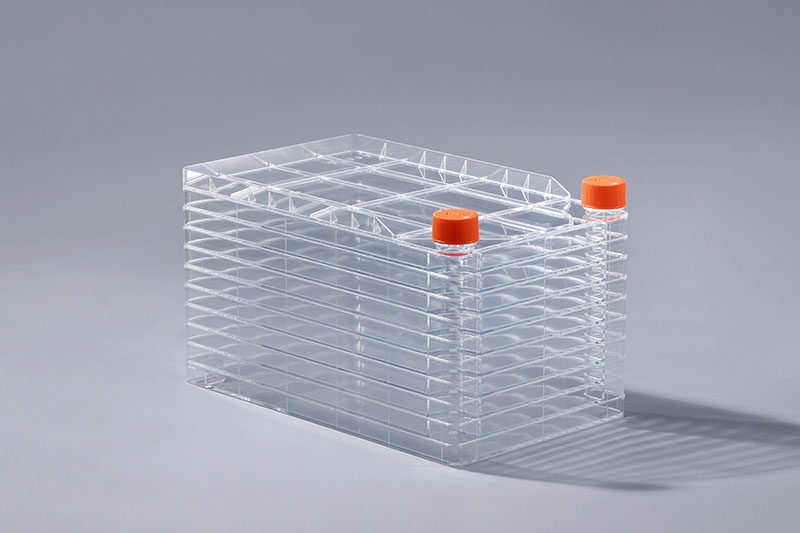What to do if the cells do not adhere to the wall when culturing cells in the cell factory
Cell factories are mainly used for large-scale culture of adherent cells, such as hepatitis A vaccine, hepatitis B vaccine, chickenpox vaccine, etc. When culturing cells, sometimes we find that cells are difficult to adhere to the wall. What is the reason?
First of all, there are many reasons for the phenomenon of non-adherence when the cells are cultured in the cell factory, which can be analyzed and solved from the following aspects:
Excessive trypsin digestion: Trypsin helps cells to digest. If the digestion is excessive, the activity of cells will be greatly damaged, and cells will float. This can be controlled by shortening the digestion time or lowering the trypsin concentration.
Mycoplasma contamination: cells are sensitive to the environment. If the operator does not pay attention to hygiene, or the working environment and experimental equipment are contaminated, it will lead to cross-contamination between cells and the phenomenon of non-adherence. If mycoplasma contamination is found, promptly discard the culture.
Cellular Aging: Cellular aging is the sum of degenerative changes in cells as the organism ages, causing cells to lose their adherence if they are confluent before passage. Freshly seeded cells can be thawed and re-cultured.
In addition, if the initial concentration of inoculated cells is too low or too high, it will also affect the adherence properties of cells, and adjusting the appropriate concentration of inoculated cells can solve this problem. Before using the cell factory, operators should do a good job of disinfection of themselves and the environment to avoid various contamination affecting the cell culture process.

评论
发表评论